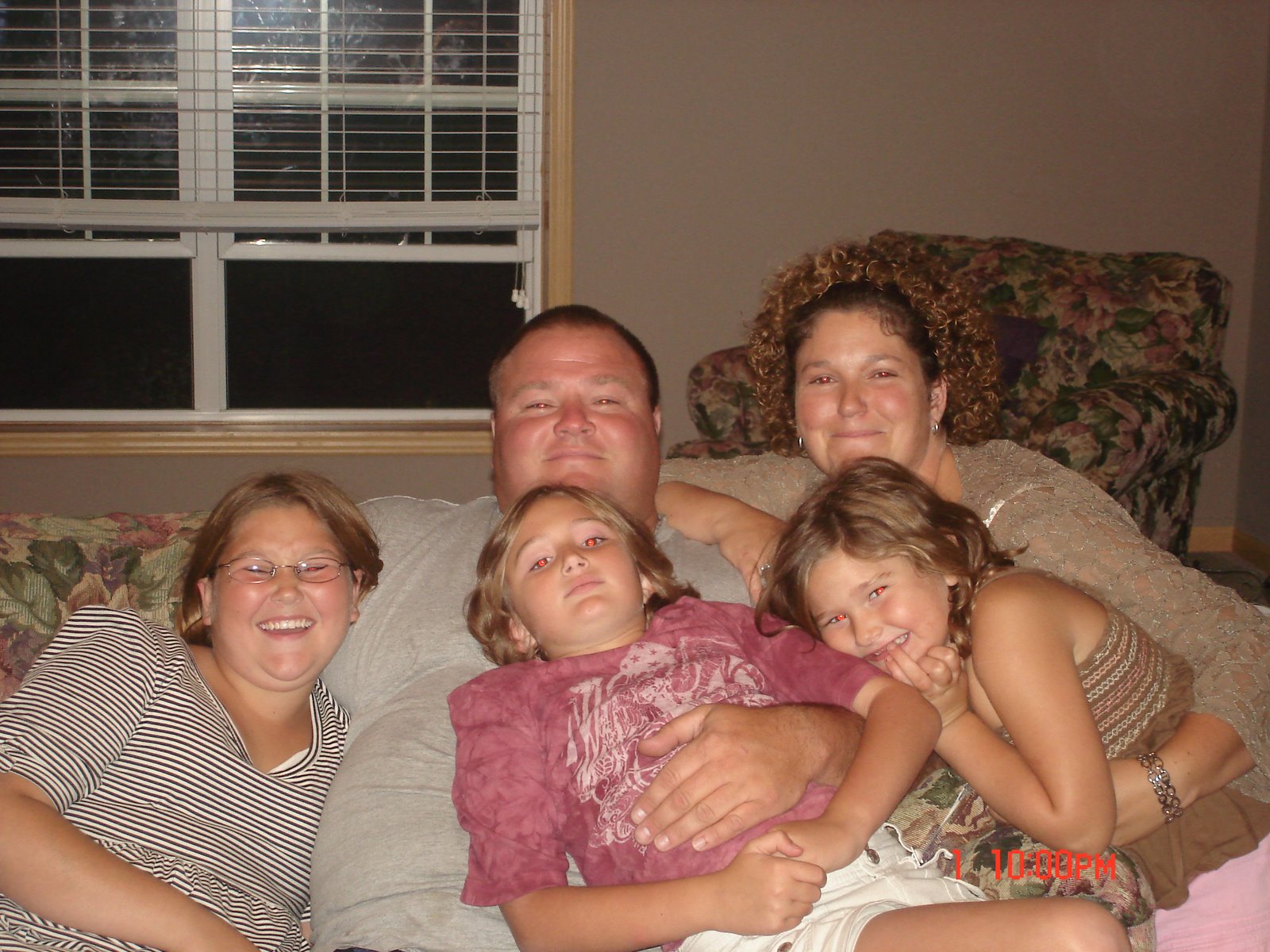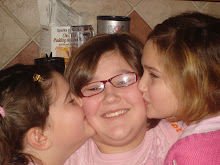WOW! My Blogging Friends we have all been really sick over here at the Edwards HOUSE! SO this will be my caught up week...
Here's what I have been looking into...HAVE any of you been saying to your children, "Don't forget to take your vitamin!" "Eat your salad — it's packed with vitamins!" But what exactly are vitamins? Vitamins and minerals are substances that are found in foods we eat. Your body needs them to work properly, so you grow and develop just like you should. When it comes to vitamins, each one has a special role to play. For example:
Vitamin D in milk helps your bones.
Vitamin A in carrots helps you see at night.
Vitamin C in oranges helps your body heal if you get a cut.
B vitamins in leafy green vegetables help your body make protein and energy.
Vitamins Hang Out in Water and Fat
Vitamins Feed Your Needs
Your body is one powerful machine, capable of doing all sorts of things by itself. But one thing it can't do is make vitamins. That's where food comes in. Your body is able to get the vitamins it needs from the foods you eat because different foods contain different vitamins. The key is to eat different foods to get an assortment of vitamins. Though some kids take a daily vitamin, most kids don't need one if they're eating a variety of healthy foods.
Now, let's look more closely at vitamins — from A to K:
This vitamin plays a really big part in eyesight. It's great for night vision, like when you're trick-or-treating on Halloween. Vitamin A helps you see in color, too, from the brightest yellow to the darkest purple. In addition, it helps you grow properly and aids in healthy skin.
Which foods are rich in vitamin A?
milk fortified with vitamin A
liver
orange fruits and vegetables (like cantaloupe, carrots, sweet potatoes)
dark green leafy vegetables (like kale, collards, spinach)
There's more than one B vitamin. Here's the list: B1, B2, B6, B12, niacin, folic acid, biotin, and pantothenic acid. Whew — that's quite a group!
The B vitamins are important in metabolic (say: meh-tuh-bah-lik) activity — this means that they help make energy and set it free when your body needs it. So the next time you're running to third base, thank those B vitamins. This group of vitamins is also involved in making red blood cells, which carry oxygen throughout your body. Every part of your body needs oxygen to work properly, so these B vitamins have a really important job.
Which foods are rich in vitamin B?
whole grains, such as wheat and oats
fish and seafood
poultry and meats
eggs
dairy products, like milk and yogurt
leafy green vegetables
beans and peas
This vitamin is important for keeping body tissues, such as gums and muscles in good shape. C is also key if you get a cut or wound because it helps you heal. This vitamin also helps your body resist infection. This means that even though you can't always avoid getting sick, vitamin C makes it a little harder for your body to become infected with an illness.
citrus fruits, like oranges
cantaloupe
strawberries
tomatoes
broccoli
cabbage
kiwi fruit
sweet red peppers
No bones about it . . . vitamin D is the vitamin you need for strong bones! It's also great for forming strong teeth. Vitamin D even lends a hand to an important mineral — it helps your body absorb the amount of calcium it needs.
milk fortified with vitamin D
fish
egg yolks
liver
fortified cereal
Everybody needs E. This hard-working vitamin maintains a lot of your body's tissues, like the ones in your eyes, skin, and liver. It protects your lungs from becoming damaged by polluted air. And it is important for the formation of red blood cells.
whole grains, such as wheat and oats
wheat germ
leafy green vegetables
sardines
egg yolks
nuts and seeds
Vitamin K is the clotmaster! Remember the last time you got a cut? Your blood did something special called clotting. This is when certain cells in your blood act like glue and stick together at the surface of the cut to help stop the bleeding.
leafy green vegetables
dairy products, like milk and yogurt
broccoli
soybean oil
When your body gets this vitamin and the other ones it needs, you'll be feeling A-OK!














No comments:
Post a Comment